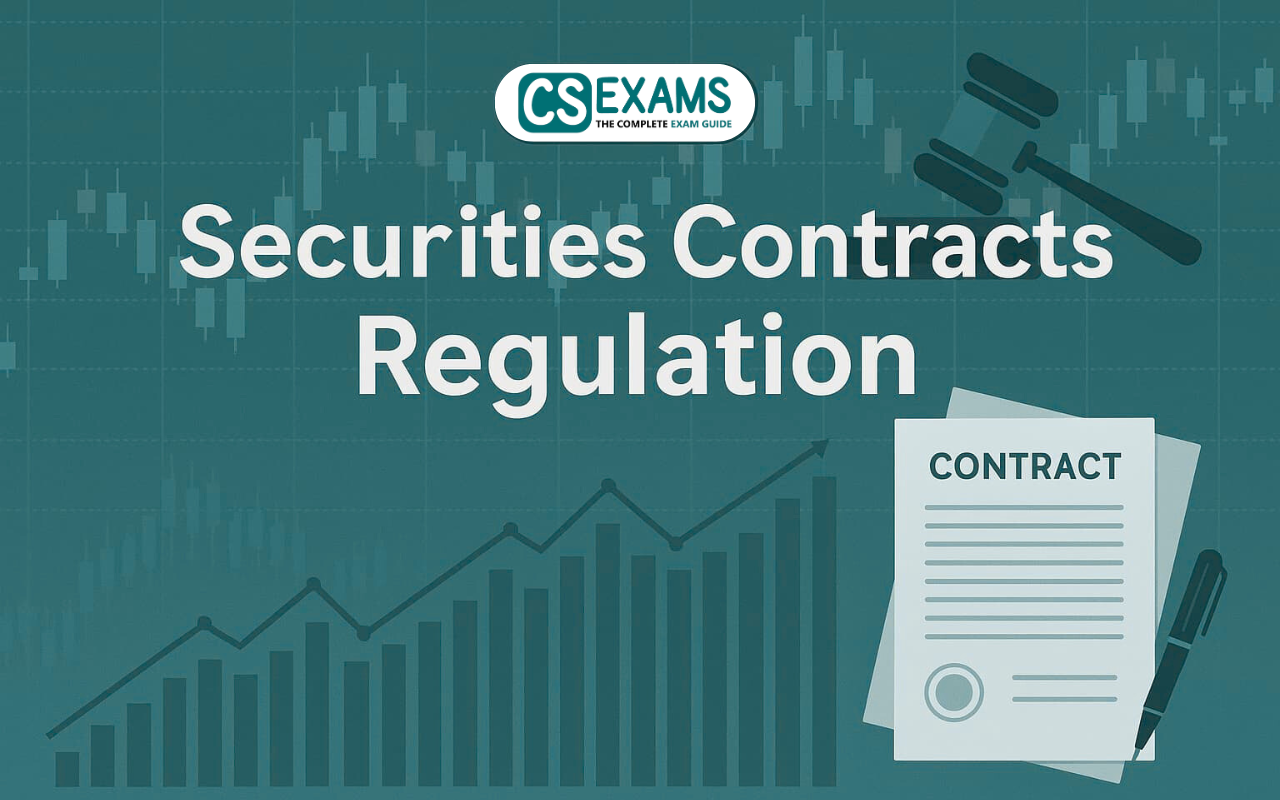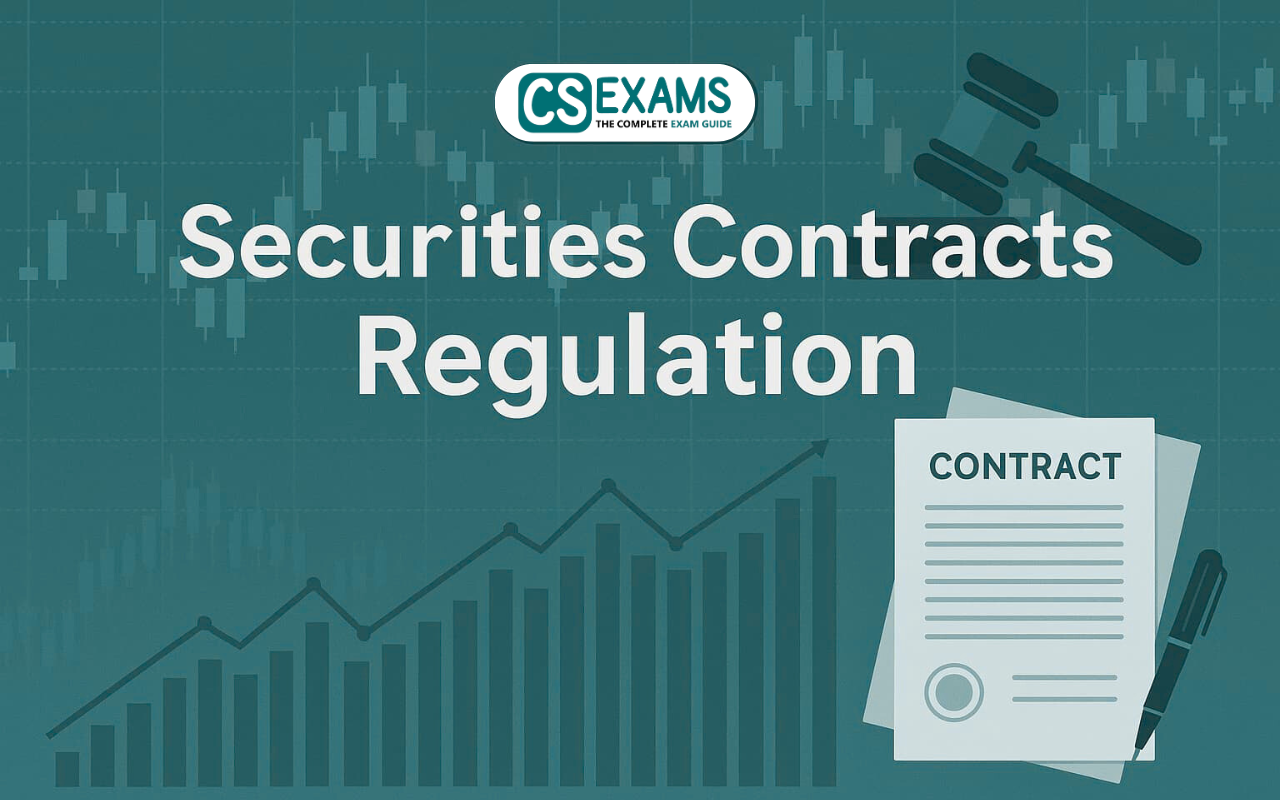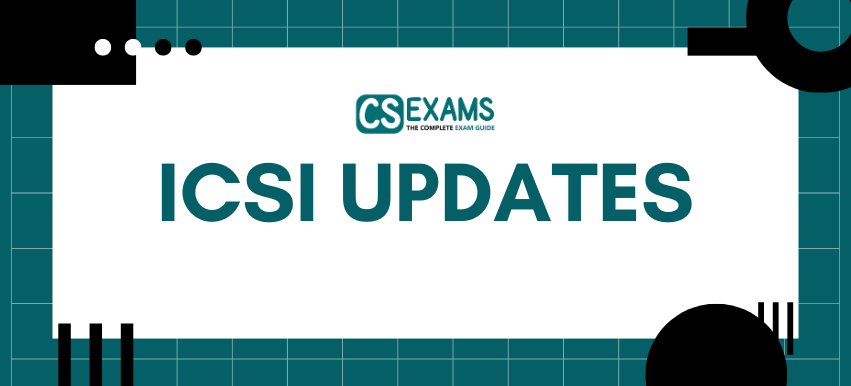The Securities Contract Regulation Act (SCRA) was implemented in 1956 and is one of the first laws made for Indian capital markets. It controls contracts in Indian securities markets and stock exchanges. All securities defined by the Securities and Exchange Board of India (SEBI) should follow the terms and conditions specified under the SCRA. The article discusses the Securities Contract Regulation Act in great detail.
What is the Securities Contracts Regulation Act 1956 (SCRA)?
The Securities Contracts Regulation Act, 1956 (SCRA), is a law in India that is designed to oversee and control the functioning of securities markets and stock exchanges. Its primary objective is to ensure fair and moral trade practices, protect investors' interests, and promote systematic development within the securities market.
To regulate the trade of securities and regulate the functioning of stock exchanges, the act ensures transparency, investor protection, and systematic development of the market.
SCRA came into force on 20 February 1957 and has since been amended to develop financial markets. This reduces complete provisions to recognize stock exchanges, regulate securities contracts, and ensure transparency in securities trading.
Let us look at the Act in detail, covering our objectives, major provisions, definitions, modifications, and its impact on the Indian securities market.
Objective of the Securities Contracts Regulation Act (SCRA) 1956
The primary objective of the SCRA, 1956, is to regulate and streamline the securities market in India. This includes:
- Regulation of Stock Exchange: To ensure fair and systematic functioning and to provide a legal framework for the recognition and regulation of stock exchanges in India.
- Prevention of unfair trade practices: To curb undesirable and illegal transactions in securities, which can prevent speculation, price rigging, and market manipulation.
- Investor Protection: By ensuring the interests of investors, business in securities is conducted transparently and within a regulated environment.
- Recognition of stock exchanges: To provide legal recognition to stock exchanges that meet the essential standards and ensure continuous monitoring of their activities.
- Securities business control: To regulate the behavior in securities and ensure that all transactions are conducted through recognized stock exchanges, except for some relaxed cases.
Provision of Securities Contracts Regulation Act (SCRA) 1956
The main goal of the Securities Contract Regulation Act is to prevent harmful practices and protect investors in the securities market. The SCRA establishes rules to make the market fair and transparent, protect investors, and adapt to market changes. The act gives the central government the power to stop unauthorized trade. Other provisions of SCRA include the following:
- Regulation of securities contracts: The Securities Contract Regulation Act controls agreements to purchase and sell securities. All such contracts should follow their rules. If they do not, the contracts are considered zero according to Section 13 of the Act.
- Definition of securities: Section 2(H) of SCRA roughly defines securities, including shares, stocks, bonds, debentures, and similar financial instruments. This broad definition incorporates various items trading in the securities market.
- Recognition of stock exchanges: The act determines rules for identifying and operating stock exchanges. According to Section 3, approval is required from the central government to operate a stock exchange. Recognition can be withdrawn under certain conditions to ensure a regulated environment.
- Licenses of brokers and sub-dealers: SCRA needs to obtain licenses for brokers and sub-dealers. This ensures that they are capable, reliable, and follow the rules of the Act.
- Prevention of fraudulent practices: SCRA aims to prevent dishonest practices in the securities market. It bans low sales to manufacture fake prices, cornering the market and undermining market integrity.
- Regulatory Supervision: The Securities Contract Regulation Act gives the Securities and Exchange Board of India (SEBI) the power to oversee the securities market. The SEBII implements the rules of the Act and protects the investors' interests.
- Controversy resolution: SCRA establishes a system to resolve disputes related to securities contracts. It underlines rights and solutions to parties in case of contract violations or other conflicts.
- Return and submission of annual reports: The Act allows stock exchanges to make rules, including polling rights restrictions, and makes changes to clearinghouses in corporate bodies. Stock exchanges should also be governed by laws governing contracts and other specified cases.
What is the importance of the Securities Contracts Regulation Act (SCRA) 1956
SCRA, in 1956, has significant importance in the Indian financial and securities market for the following reasons:
- Legal foundation for securities market: This provides a strong legal framework to regulate securities trade and the functioning of stock exchanges across India.
- Ensures market integrity: The Act helps in maintaining integrity by curbing fraud and improper and illegal practices in the securities market.
- Investor protection of interests: Through strict rules and compliance requirements, SCRA protects the interests of investors, builds confidence, and encourages widespread participation.
- Regulation of Stock Exchange: This ensures that only recognized and well-regulated stock exchanges operate, which promotes a fair and transparent trading environment.
- Smart work of securities business: SCRA streamlines the business process in securities, standardizes contracts, and reduces disputes between market participants.
- Market Herfer Prevention: By implementing rules against insider trading, value rigging, and speculative transactions, the Act prevents manipulation and protects the market's health.
Regulatory Framework
The SCRA establishes a regulatory structure for the securities market with the following major players:
1. Securities and Exchange Board of India (SEBI): SEBI is the primary regulator of the securities market in India and is responsible for implementing the SCRA.
2. Stock Exchange: Stock exchanges are recognized by SEBI and are responsible for regulating business activities and ensuring compliance with SCRA.
3. Recognized clearing corporation: Sleeping corporations are responsible for disposing of trades and managing risk in the securities market.
Challenges and Opportunities
Despite the success of SCRA, some challenges and opportunities need to be addressed:
1. Development of securities market: The securities market is constantly developing, emerging with new financial equipment and business practices. SCRA needs to be updated to reflect these changes.
2. Globalization and cross-border trade: The increasing globalization of financial markets presents opportunities and challenges for SCRA, including the need to coordinate with international regulators.
3. Technological progress: Technological progress, such as blockchain and artificial intelligence, is changing the securities market. SCRA needs to be adapted to take advantage of these techniques.
Summary
The Securities Contracts (SCRA), 1956, controls stock exchange and securities trading in India. This ensures proper practices, prevents fraud, and protects investors by providing a legal framework for securities contracts. The act gives SEBI and the government the right to maintain the operation of the market to promote transparency, stability, and systematic development of the Indian security market.








